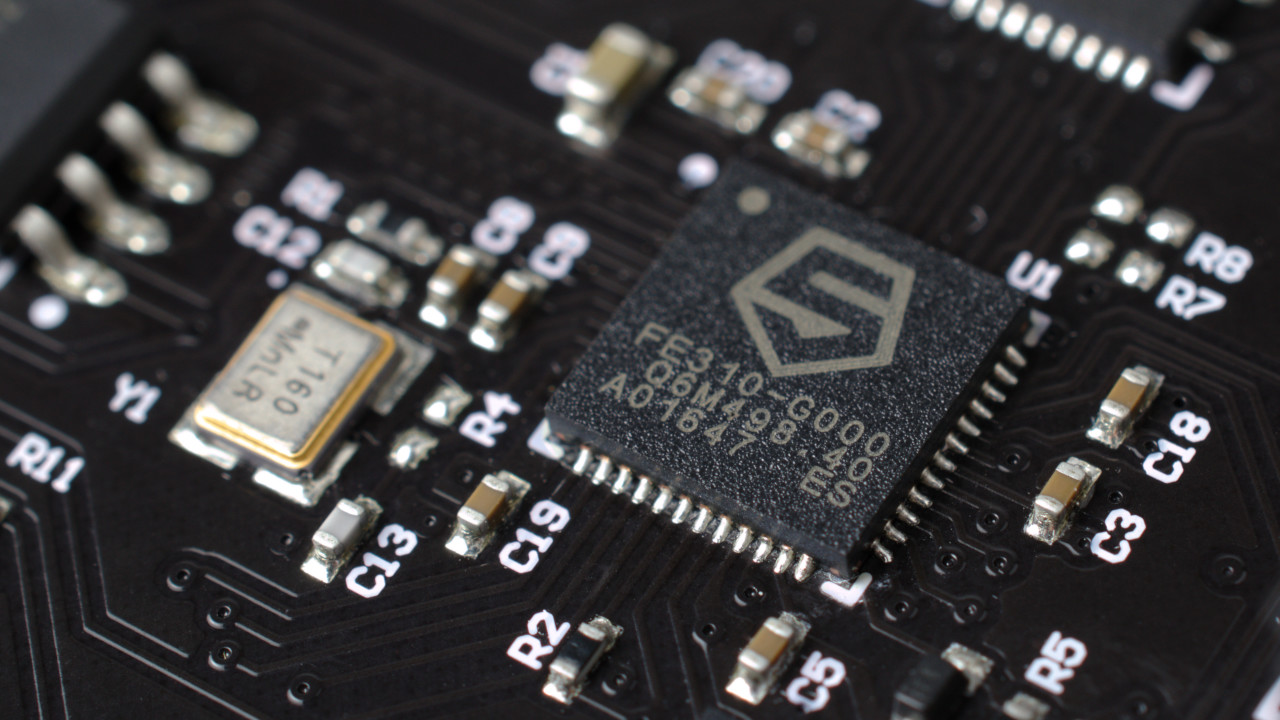S3 Semiconductors’ Edel Griffith has published a piece on Electronic Design busting 11 myths about custom silicon, from production of application-specific integrated circuits (ASICs) being too expensive for lower-volume projects and fear of a so-called “black-box design” process.
Designed to encourage companies to look more closely at custom and semi-custom silicon design, whereby application-specific parts are designed and produced to vastly improve efficiency over general purpose processors (GPPs) and other non-specific components in a variety of tasks, Edel’s piece argues that “recent changes in the semiconductor industry mean many of the preconceptions about custom chip design are no longer true,” pointing to ever-decreasing costs for fabrication as foundries look to use their capacities as efficiently as they can, the ability to run medium- and low-volume production, and a lowered barrier to entry for custom silicon design.
Edel’s piece busts 11 myths in total, but doesn’t quite cover the explosive change the semiconductor industry is currently experiencing: the rise of free and open source silicon (FOSSi), coupled with ultra-low-volume production options like OnChip’s Itsy-Chipsy service are not only making custom silicon available to smaller companies but even to individuals. Where it would once have required an up-front licensing fee in the tens or hundreds of thousands of dollars to pick up the core intellectual property (IP) behind a customised chip, ready-to-run core implementations are just a git-clone away for absolutely anyone to enjoy.
“Having custom SoCs [systems on chips] designed specifically for your application delivers an optimised solution in terms of power efficiency, performance, board space, and bill-of-materials (BOM) costs,” Edel explains. “Taking the custom approach also enables solutions with unique capabilities that would be difficult to achieve using off-the-shelf hardware, and it creates devices that are difficult to reverse-engineer, giving IP security.”
Edel’s full piece is available on Electronic Design now.
